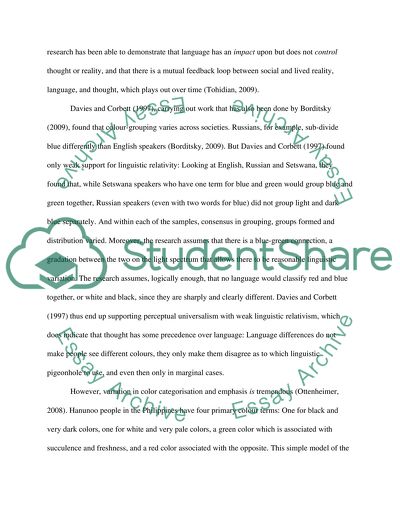Cite this document
(“Does language determine thought, does thought determine language, or Essay”, n.d.)
Retrieved from https://studentshare.org/environmental-studies/1410573-does-language-determine-thought-does-thought
Retrieved from https://studentshare.org/environmental-studies/1410573-does-language-determine-thought-does-thought
(Does Language Determine Thought, Does Thought Determine Language, or Essay)
https://studentshare.org/environmental-studies/1410573-does-language-determine-thought-does-thought.
https://studentshare.org/environmental-studies/1410573-does-language-determine-thought-does-thought.
“Does Language Determine Thought, Does Thought Determine Language, or Essay”, n.d. https://studentshare.org/environmental-studies/1410573-does-language-determine-thought-does-thought.


